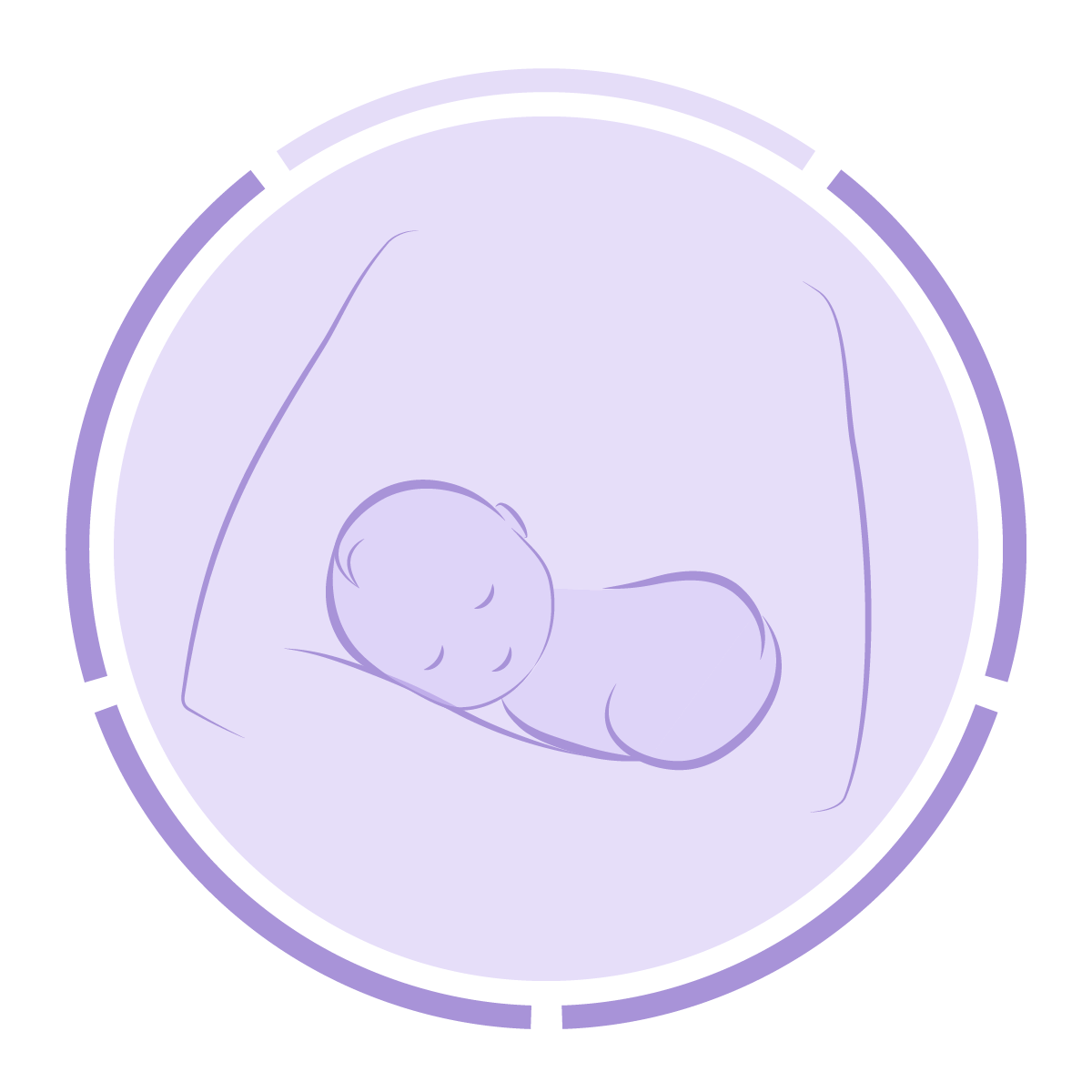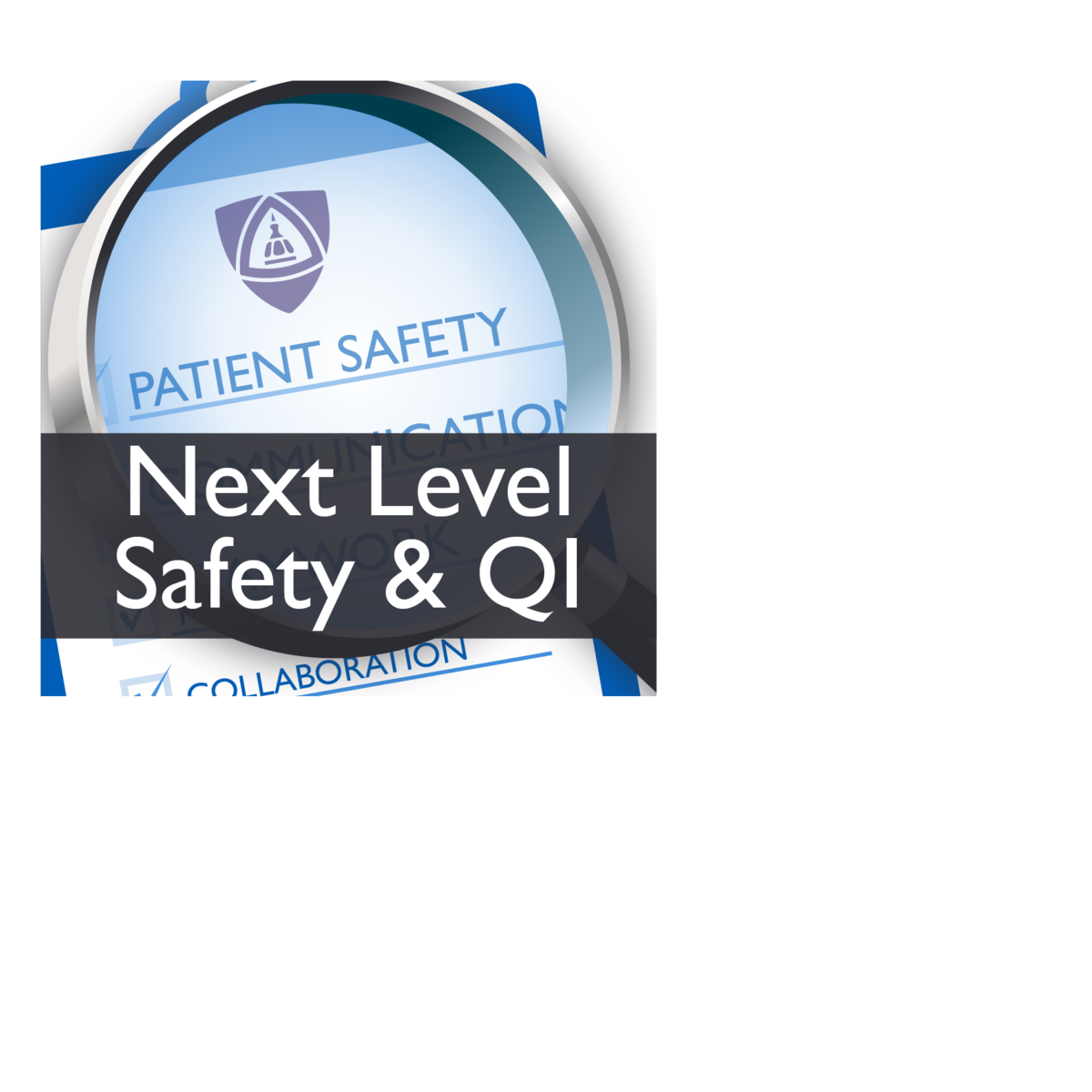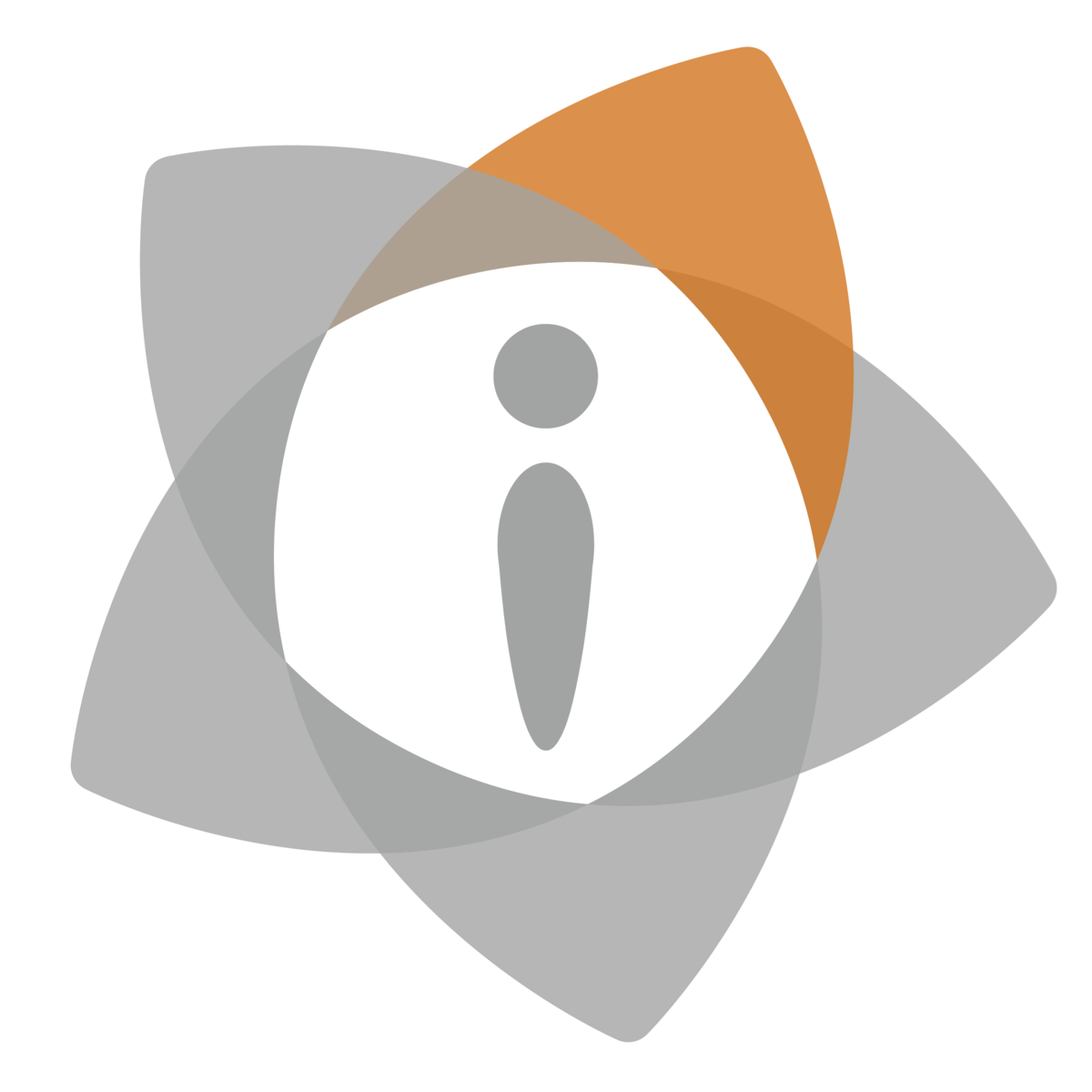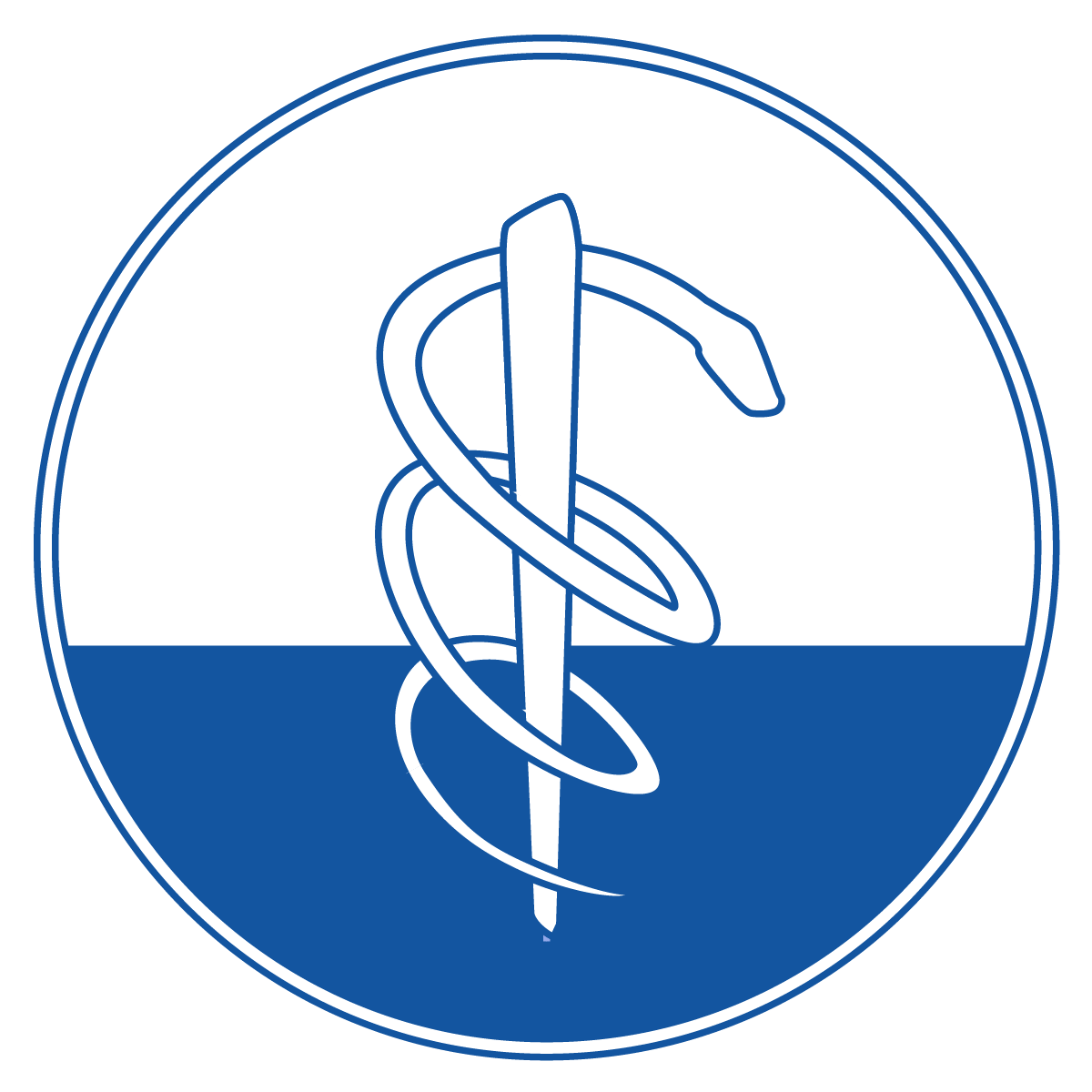Back to Courses









Patient Care Courses - Page 8
Showing results 71-80 of 89

Emergency Care: Pregnancy, Infants, and Children
Welcome to the final course of lectures in your quest to master EMT basics. In this course, we will cover some of the highest-stress patient populations: pregnant patients and kids, also known as pediatrics. To wrap up your EMT knowledge we will end this course with information about hazmat situations, extricating patients from tight spots and finally how you write a note about your patient care. You will learn to ensure it communicates what your assessment of the patient was, what interventions you performed and why you did them.
You will build on your knowledge of anatomy, patient assessment and scene safety to develop an approach to these new patient populations. We will walk through the things that make pregnant patients and pediatric patients different but also what makes them the same as all the patients you care for.
Prepare yourself for some noisy kids, some uncomfortable moms and hopefully a lot of fun learning new things.

Supporting Parents of a Newborn Baby
In this course, you will learn some core components in supporting parents of newborn babies. The Supporting Parents of Newborn Babies Course will teach you best practices for what to expect in the newborn exam and how to best support parents, partners, and other caregivers. This course examines post-partum depression, early bonding, and touch. This course introduces the important role of supportive partners and parents, in varied households, and what that support looks like. With every household as different, how can we effectively provide support as partners, fathers, co-parents, grandparents, and other guardians? As example, what are special considerations in adoption? We wrap the Newborn Baby Care four course specialization with a guest appearance by a newborn baby, and a live Skills examination performed by course instructor, Dr. Mary Kohn.
A newborn baby is an amazing beautiful life filled with hope. There is so much that goes into making sure that babies are born healthy, and so much more to think about after they are born. Whether you are in the health care field, or even a parent, this course is the perfect educational opportunity for you to keep newborn babies healthy in the days and weeks after they are born!

Value-Based Care: Introduction to Value-Based Care and the U.S. Healthcare System
COURSE 1 of 7. This course is designed to introduce you to the concept of value-based care (VBC). While the information you will explore is general, it will help you establish a solid foundation for continued learning and future thinking about the concept of VBC. Through a historical lens, you will explore the creation of Medicare and Medicaid and the evolution of commercial insurance, TRICARE, and the Veterans Health Administration. While history is an important filter for understanding healthcare in this country, you will learn how each of these mechanisms emerged, the populations served, and what changes occurred over time, with a focus on funding and expenditures. In addition, this course will help you establish a firm foundation for understanding the development and evolution of quality measures and outcomes in healthcare. By developing an understanding of what quality is and how it is measured, you can begin a knowledge-building exploration of the components of quality in healthcare. Why is this important? In value-based care models, providers must meet quality measures and improve the health outcomes of their patients. In the summative assignment, you will use a national system of quality measures to develop a plan that would positively impact value within your healthcare organization.

Taking Safety and Quality Improvement Work to the Next Level (Patient Safety VII)
In this culminating course in the Patient Safety and Quality Improvement Specialization, you will apply the skills you have acquired across the previous six courses to address a realistic patient safety issue confronting Mercy Grace, a 500-bed urban hospital that is part of a larger hospital system. Based on the scenario provided, you will assess the situation and work through the problem using a variety of tools and strategies. You will have the opportunity to identify defects, root causes, and potential mitigation strategies; you will create a project implementation plan for addressing the issue in the form of an A3; you will identify risks of project failure and design a change management plan; you will identify means of converting the project from local to system-wide; and you will identify quality and safety measurements that will be used in evaluating the success of the project’s implementation.

Patient Perspectives on Medications: Qualitative Interviews
This course teaches you how to explore the patient perspective on medicines using qualitative interviews. You will learn how to design, conduct and analyse data in a small interview study. The course is related to the course Understanding Patient Perspectives on Medications, but each course can be taken separately.
Please note! In this course you will carry out a small qualitative interview study and to get the most out of this endeavour, we highly recommend that you engage in the discussions: share your thoughts and experiences – and respond to the reflections and questions of your peers.
The course is created by Susanne Kaae, Lourdes Cantarero-Arevalo, Katja Taxis, Anne Gerd Granas, Anna Birna Almarsdóttir, Lotte S. Nørgaard, Sofia K. Sporrong, Johanne M. Hansen, Martin C. Henman, Solveig N. Jacobsen and Ramune Jacobsen.

Easing Physical Symptoms: It's Not Just Hospice Anymore
Palliative care provides important support for people living with serious or life-limiting illnesses and their family caregivers. In this course, you will learn to use symptom assessment tools to better understand which symptoms are present and which are most distressing. In subsequent weeks you will learn about some of the most common and distressing symptoms such as anorexia (loss of appetite), dyspnea (shortness of breath), fatigue (weakness), delirium(confusion) and constipation and nausea/vomiting. For each of these symptoms, you will learn about the underlying cause and potential ways to support people and their families to manage the symptoms with simple practical and non-medical approaches as well as a review of medications as appropriate. In addition, you will learn to help people with their emotional response to symptoms and loss of function.
You will be able to immediately use these insights, skills, and tools in your work with people living with serious illness. In other courses, you will learn communication skills, whole person assessment, how to ease physical pain and explore ways to ease psycho-social-spiritual distress.

Health Coaching Conversations
Are you a healthcare practitioner or student in a healthcare field?
Do you want to learn how to have more empowering conversations with your patients and support them to take control of their own health and wellbeing?
Are you looking for a course to start learning these skills that also fits with your busy life?
If so, this is the course for you!
In this course, you will become much more familiar with some key health coaching principles and skills, and will be equipped to start applying these in your own healthcare contexts with patients and in your own life too.

Living with Dementia: Impact on Individuals, Caregivers, Communities and Societies
Health professionals and students, family caregivers, friends of and affected individuals, and others interested in learning about dementia and quality care will benefit from completing the course. Led by Drs. Nancy Hodgson and Laura Gitlin, participants will acquire foundational knowledge in the care of persons with Alzheimer’s Disease and other neurocognitive disorders.

Symptom Management in Palliative Care
This course should be taken after the Essentials of Palliative Care course and continues building your primary palliative care skills – communication, psychosocial support and goals of care. You will learn how to screen, assess, and manage both physical and psychological symptoms. You will explore common symptoms such as pain, nausea, fatigue, and distress and learn specific treatments. You will continue to follow Sarah and Tim’s experience and learn cultural competencies critical for optimal symptom management.
Stanford Medicine is jointly accredited by the Accreditation Council for Continuing Medical Education (ACCME), the Accreditation Council for Pharmacy Education (ACPE), and the American Nurses Credentialing Center (ANCC), to provide continuing education for the healthcare team. Visit the FAQs below for important information regarding 1) Date of original release and Termination or expiration date; 2) Accreditation and Credit Designation statements; 3) Disclosure of financial relationships for every person in control of activity content.

Medical Emergencies: Airway, Breathing, and Circulation
In this course, you will develop the knowledge and skills to assess and stabilize certain types of patients for transport. By the end of this course, you will be able to: 1) assess a basic medical patient 2) describe general pharmacologic principles and the skills associated with medication administration, 3) explain airway physiology, the assessment of the airway and available interventions for airway management, 4) identify, assess and formulate a plan to stabilize a patient with a respiratory emergency for transport, and 5) identify, assess and formulate a plan to stabilize a patient with a cardiovascular emergency for transport. 6) describe the most common neurologic and endocrine emergencies and what you can do for them as an EMT.
Popular Internships and Jobs by Categories
Find Jobs & Internships
Browse
© 2024 BoostGrad | All rights reserved